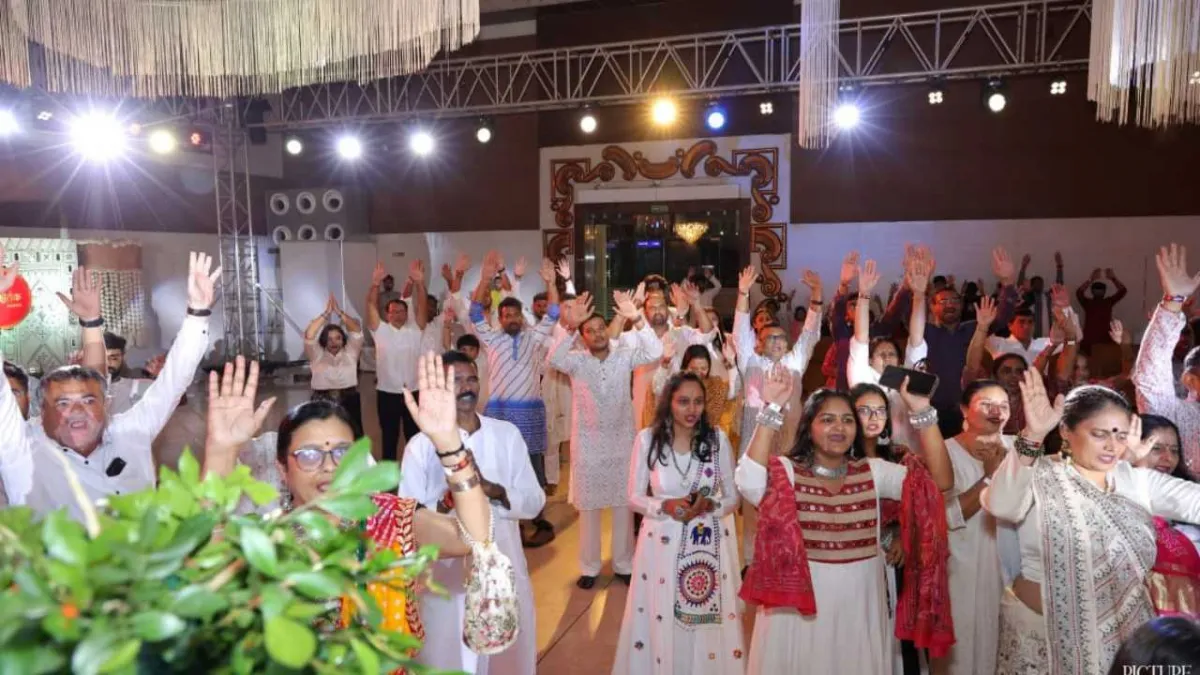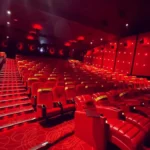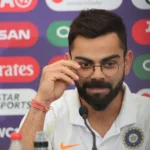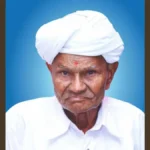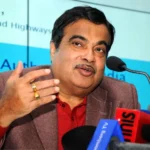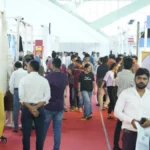Surat. A grand traditional Ras-Garba event was organized at Vijayalakshmi Hall in Vesu on the auspicious occasion of Sharad Purnima. The entire hall was decorated according to the Sharad Purnima theme, giving everyone present a wonderful experience of a moonlit night.
The evening began with the sweet melodies of dhol and shehnai filling the atmosphere with rhythm. Around two to two and a half thousand people, dressed in traditional attire, danced to the beats of old popular Garba songs and immersed themselves in the joy of Ras.
During the Garba-Ras, the traditional costumes of women and young girls and their captivating dance performances drew everyone’s attention. At the end of the event, the organizers extended their best wishes to all participants and encouraged everyone to keep this tradition of Indian culture alive.
Surat
Surat is a historic port city in Gujarat, India, renowned for its diamond and textile industries. It rose to prominence in the 16th and 17th centuries as a major trading hub for the Mughal Empire, dealing in spices, silk, and other goods with European and Arab merchants. The city is also known for its diverse cultural heritage and historic landmarks, including the old fort and several ornate mosques and temples.
Vesu
I am unable to find any notable cultural or historical site named “Vesu.” It is possible this refers to a small locality, such as Vesu, which is a suburb of Surat in Gujarat, India. As a modern residential and commercial area, it does not have a significant historical narrative of its own.
Vijayalakshmi Hall
I am unable to provide a specific summary for “Vijayalakshmi Hall” as it is not a widely recognized historical or cultural landmark. This name is commonly used for event halls, community centers, or student residences, particularly in India. Without a specific location or context, it is not possible to detail its unique history or significance.
Sharad Purnima
Sharad Purnima is not a physical place but a significant Hindu festival marking the full moon night of the lunar month of Ashvin (typically in October). It is celebrated as a night of bliss and is associated with the divine dance of Lord Krishna, known as the Raas Leela. Historically, it is believed that on this night, the moon is at its most radiant and is said to possess nourishing qualities, leading to traditions of leaving food and milk offerings under the moonlight.
Ras-Garba
“Ras-Garba” is not a specific place or cultural site, but rather a reference to the popular Gujarati folk dance known as *Garba*, often performed during the nine-night Navratri festival. The dance is characterized by circular movements around a central lamp or an image of the Hindu goddess Durga, symbolizing the cycle of life. Its history is deeply rooted in Hindu tradition, celebrating divine feminine energy and the victory of good over evil.
dhol
“Dhol” refers to a double-headed drum that is central to the folk music of the Indian subcontinent, particularly in Punjabi culture. Its history is deeply rooted in rural and celebratory contexts, traditionally used to provide the rhythmic backbone for Bhangra dance and other festive occasions. The instrument remains a powerful symbol of cultural identity and celebration.
shehnai
The shehnai is a traditional Indian double-reed wind instrument, closely associated with weddings and temple ceremonies. It is believed to have evolved from the Persian instrument called the ‘surna’ and was popularized in its modern form by the legendary musician Ustad Bismillah Khan. Its sound is considered auspicious in Indian culture.
Garba-Ras
I am unable to find any significant historical or cultural site known as “Garba-Ras.” It is possible that the name is misspelled, refers to a very localized place, or is not widely recognized in available cultural or historical records. If you have more context, such as a location, I would be happy to try another search.

